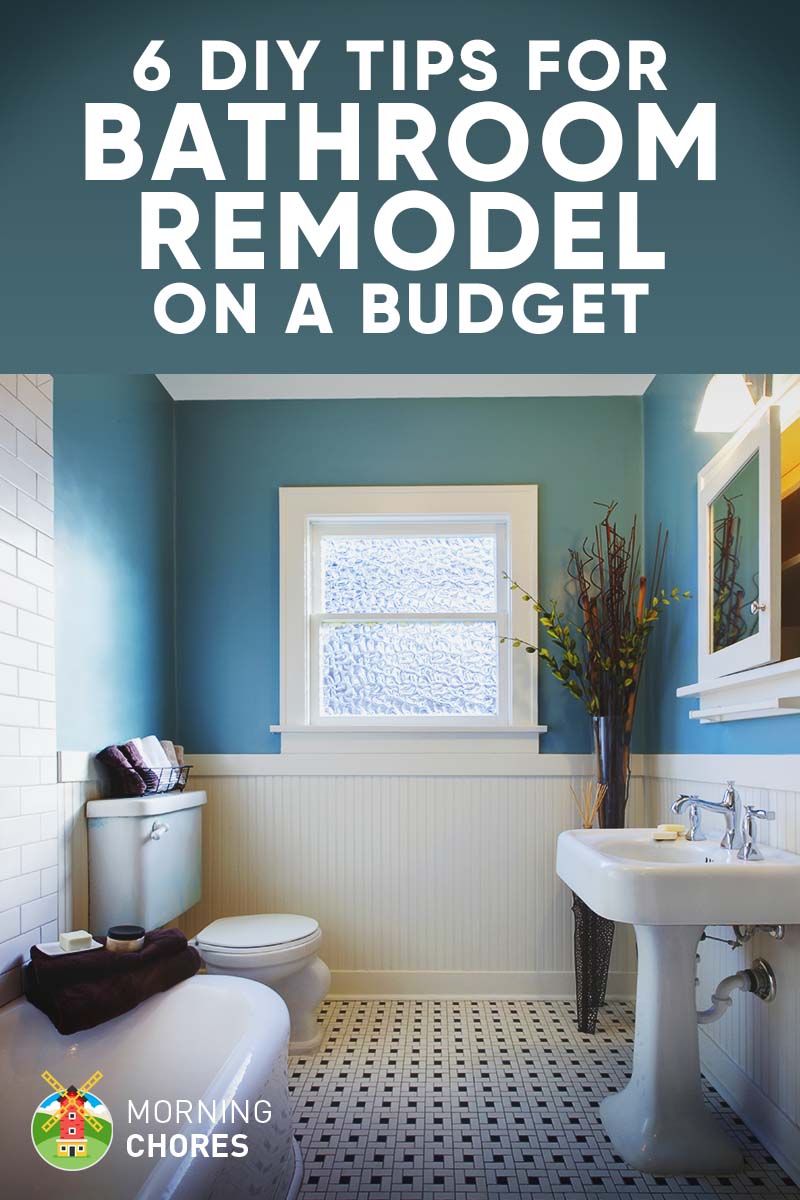What Is Drape Wall Building
Drape walls are generally made use of in skyscrapers, commercial homes, along with contemporary domestic structures. These are usually made from lightweight materials like steel, glass, or aluminium. Curtain wall surfaces can be utilized for several floorings and boost the external appearance of the structures. Also if they have a delicate look, specific wall surfaces are sturdy and offer defense against outside weather condition components. Seismic tons in a curtain wall surface system are limited to the interstory drift generated on the building throughout a quake.
By addressing minor issues early on, prospective damages can be reduced, preventing costly repair services or replacements in the future. It is very important to speak with specialists with competence in drape wall systems to create an extensive upkeep plan and ensure proper care of the system over its lifespan. It is vital to carefully consider these possible disadvantages and address them with correct layout, installment, and maintenance techniques. By comprehending and proactively handling these challenges, the benefits of curtain wall construction can be taken full advantage of while reducing any kind of prospective disadvantages. When creating a curtain wall, consider the building's area and environment to pick one of the most appropriate products for insulation and weather resistance. Drape wall systems need regular upkeep to ensure their performance and longevity.
Which Kinds Of Floorings For Each Atmosphere Of Your Homes?
A curtain wall surface is a type of building cladding that is usually utilized in high-rise buildings. It is a slim, vertical surface area that extends from the side of the building to the roof covering. The curtain wall's main function is to give protection from wind and rain while also supplying all-natural lighting and ventilation. Lasting products, progressed manufacturing methods, wise innovations, and incorporated renewable energy systems stand for key fads forming the future of drape wall surface building.

Parts Of A Drape Wall
Four-side silicone glazing is typically performed under factory-controlled conditions, while two-side architectural silicone glazing can be finished in the area. Proper glazing, setting up, and sealing are important to maintaining efficiency as specified in the factory or the field. Face size sightline varies from 50.8 to 76.2 mm (2 to 3 in.) with a system deepness from 114.3 to 254 mm (4.5 to 10 in.) or extra. It is advised to consult with a trustworthy curtain wall surface manufacturer or service provider for experienced suggestions https://milorkjc546.fotosdefrases.com/deck-material-options-types-of-decking and assistance throughout the installation and upkeep procedure.

Direct exposure to the elements requires cautious selection of external-facing products. Plastics and plastic-coated choices are sensible selections if they comply with fire guidelines outlined in appropriate documents. One prominent choice is vitreous enamelled steel or aluminium sheets (0.7-0.8 mm thickness).
- Dual skin curtain wall systems are an ingenious method to constructing design that provide a range of advantages in regards to power effectiveness, thermal performance, and acoustics.As such, it is very important for designers and developers to take into consideration these systems as a practical choice for their projects.Our semi-unitized systems offer factory-assembled components for accurate installment, while our unitized drape wall surfaces are ideal for high-rise buildings.